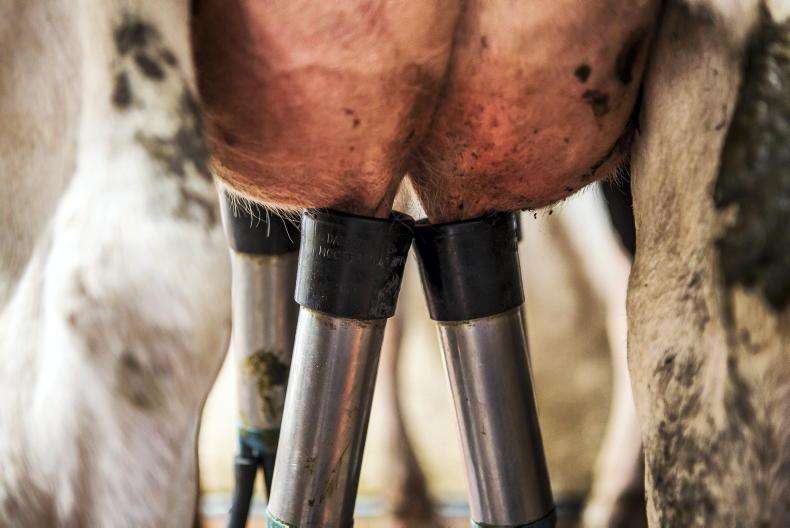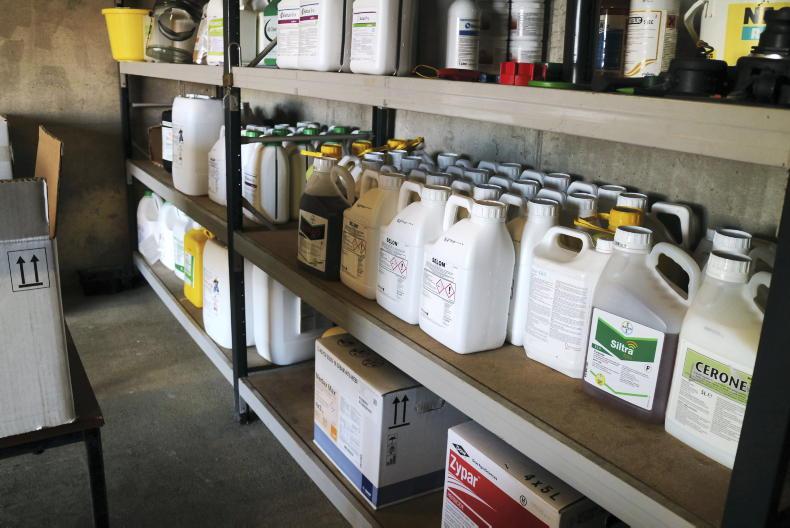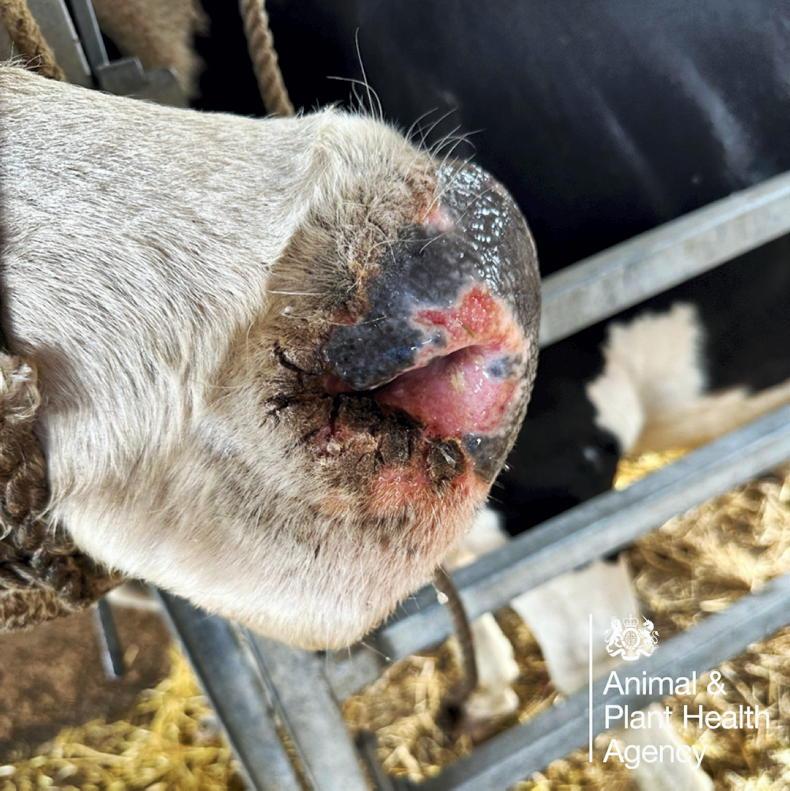Usage of antimicrobial treatments in livestock is set to increase by 8% globally by 2030, despite growing concerns over the impact of veterinary drugs on human health.
The World Health Organisation (WHO) has declared that antimicrobial resistance (AMR) is one of the top 10 global public health threats and has identified the misuse and overuse of antimicrobial treatments as one of the primary factors in the emergence of drug-resistant pathogens.
However, a recently published research paper has predicted that global usage of antimicrobial medicines in cattle, sheep, pig and poultry production is set to grow from 99,500t of active ingredient in 2020 to 107,472t by 2030.
Hotspots
The hotspots of antimicrobial usage identified in the report were overwhelmingly in Asia (67%) and were primarily associated with pig and poultry production.
The top five consumers of antimicrobials in 2020 were China, Brazil, India, USA, and Australia. Together, these countries made up 58% of global usage and the report predicted that these states will remain the top five in 2030.
Pakistan was predicted to have the largest relative increase in antimicrobial usage. Total usage is projected to increase by 44%, rising from 2,184t to 3,143t.
The rise in antimicrobial usage globally was linked to the increased level of demand for animal protein and the growth in livestock farming as a consequence.
No reports
Despite national plans to tackle AMR and selected bans on antimicrobials in animal production, the report noted that there is still no publicly available country-level reports of veterinary antimicrobial usage in the majority of countries.
Indeed, six out of the 10 largest meat producers in the world do not report antimicrobial usage to the public. These include Brazil, Russia, Mexico, Argentina, India and Vietnam.
Brazil was singled out for particular criticism in the report. “Despite being the largest exporter of poultry and cattle in the world, it still does not openly publish its antimicrobial usage data,” the authors stated.










SHARING OPTIONS